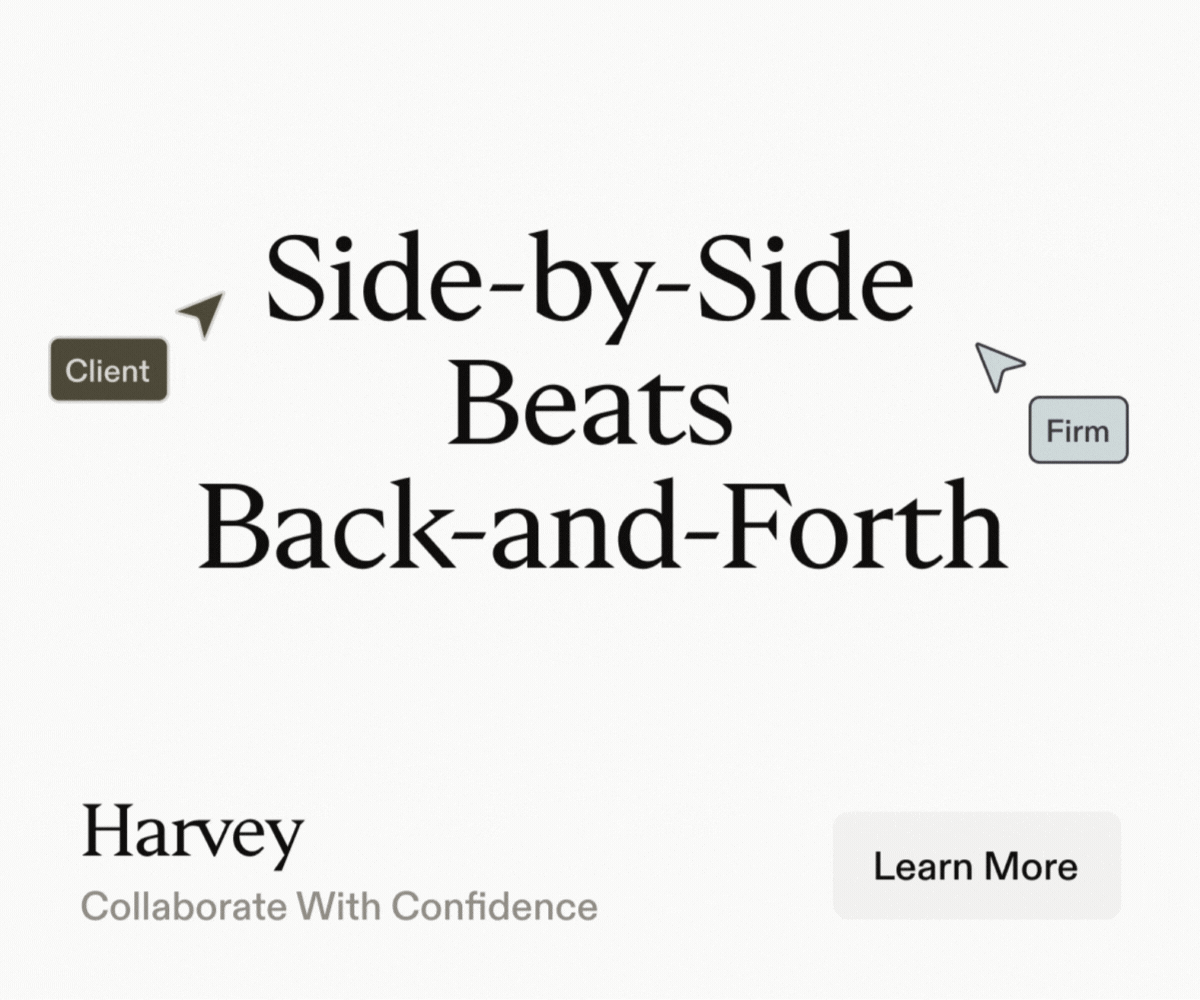Industry interview with Tikit: Hidden benefits
This article was also featured as an industry interview in the June 2016 issue of LPM. To read the issue in full, download LPM.
In an industry increasingly dictated by regulatory burdens, SME law firms are worried about how to deliver compliance and risk management while simultaneously becoming more competitive by improving efficiency and client service.
Mark Garnish, Tikit’s development director, says these are extremely demanding drivers in the legal market, but “efficiency is probably the biggest – if you can save time on everyday procedures – like processing a new document or getting data into your IT system – there are significant gains to be made.” And these drivers are in fact interdependent – compliance and risk procedures are time consuming, and automating them creates efficiency in delivery.
There are many ways to make your firm more efficient, but for Garnish the key is to use technology effectively – and not necessarily technology your firm doesn’t have. A main business process that has been revolutionised by technology, but is still under-adopted by many SME law firms, is getting client information into the firm’s systems.
“Many firms still conduct [data gathering] by sending out paper forms, which are completed by the client and sent back to be manually entered into the firm’s database – but this is incredibly time-consuming,” says Garnish. SME firms could streamline this by automating the process – allowing clients to input their data on a web portal (which many firms do) or into a PDF document (which they often do not) which is then ‘harvested’ by datagathering software.
Tikit has recently launched a product, FormShare, to do just that: “After a lawyer fills in as much data as they can about a new client, they can send them an email via FormShare. The client sends the completed form back, and the information is automatically extracted, put into the database, and ID and anti money laundering checked,” says Garnish.
Automated data gathering, either with PDFs or via a web form, makes the process of ingesting client data significantly more efficient and accurate. It ‘regularises’ the quality and format of data coming into your firm’s IT systems by preventing manual errors (by reducing manual intervention) and greatly speeds up many processes that are currently too manual. “Client matter inception could be drastically improved, as well as other bits of data gathering, like settlement agreements,” says Garnish.
It’s also become vitally important to consider how clients want to interact with a firm. Some clients will prefer to interact digitally with your firm, others to fill in their details on paper, however inefficient the latter may be for your business. This is one of the key reasons Tikit developed FormShare, says Garnish, which allows a more traditional method of interaction with the client (if email can already be called traditional) but streamlines and automates the process enormously by collecting and processing data electronically.
“We automated that process fairly simply, reduced risk, increased efficiency and have made firms that have piloted FormShare more money,” says Garnish. In either case, simply considering how clients want to interact with your firm can drastically improve client service without compromising efficiency – because you’re “going to where the customers are.”
This is just one area where firms could improve their efficiency but have, so far, failed to do so, says Garnish. A recent Tikit survey of its own users, Unlocking the benefits of practice and case management tools, found that only 25% of Tikit clients are doing automated electronic ID and AML checking. “A quarter is not a bad figure, but that would indicate that three-quarters are still photocopying utility bills, with all the time and risk that entails. There is a much, much better way of doing that these days.”
Similarly, only 13% of Tikit clients are electronically linked to the Land Registry, despite the fact that most of those do some degree of conveyancing. Just 20% are doing electronic stamp duty and tax returns. Garnish admits that this is a problem for Tikit to address, but he says the situation is doubtless the same for every legal IT provider – customers simply aren’t using the software they have to make relatively easy efficiency wins.
“It wouldn’t be at all unusual for a law firm to come up to us and say ‘We’re thinking of looking elsewhere because your product doesn’t do X’ and we say ‘of course it does X’ – it has done for years.” It’s therefore vital for firms, especially those that have spent large sums on case management or other legal software, to know what the tech can do and how to make fuller use of it to make their processes more efficient.
Sometimes this might be the fault of the IT leaders in firms, where present, but arguably the blame lies at the door of firm owners, says Garnish. If partners are ever in any doubt as to whether they’re driving their IT systems as hard as possible, they need to get under the hood. “Partners should be more involved in understanding what their technology can do,” says Garnish, “because the easy wins are, probably, there to be had.”

